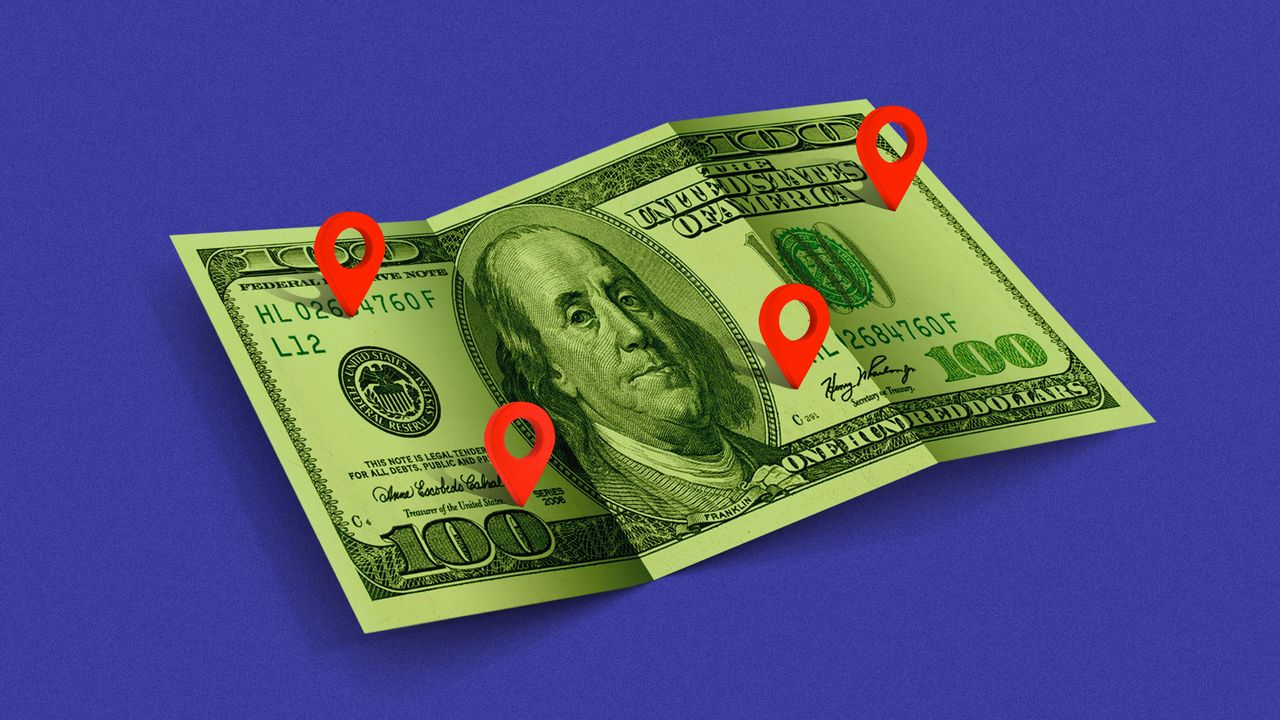The complex new landscape of going public

The question is no longer whether a company should go public; it's how.
Why it matters: The much-resented traditional IPO, run by Wall Street and largely for Wall Street, now has competition. A lot of it.
The big picture: The end point of going public is always the same — having a listing on a major exchange, where your stock is likely to trade thousands of times a second.
- That unrivaled liquidity provides a smooth exit for early investors, as well as creates a valuable currency that can be used to compensate employees and acquire rivals.
- Airbnb, for instance, is now rich enough post-IPO that it can comfortably pay its D.C.-area hosts to stay empty during Inauguration week. That's a big change from the pre-IPO days when it struggled to compensate hosts for coronavirus-related cancellations.
The window is wide open for new issues. Webcasting platform ON24, for instance, is finally giving its early VCs the exit they've been waiting for since the company was founded in 1998. Even Petco is pricing above its range.
- By the numbers: Investors are desperate to own newly-public companies mainly because they've performed so well recently. The Renaissance IPO index, which buys stocks five days after they go public and holds them for two years, gained 110% in 2020, compared to 18.4% for the S&P 500.
The catch: The process of going public is long and painful and expensive. Wall Street banks charge an eye-watering 7% fee, and at the same time have a system where their favored clients can make billions of dollars for almost no work at all, thanks to a first-day "pop."
- Issuers always suspect that the banks are making extra money on those pops, in sums that can vastly exceed their IPO fees.
Between the lines: You only go public once, so CEOs and boards of directors tend to be very conservative when it comes to new ways of doing so. But after Spotify's successful direct listing in 2018, other companies realized that they had a real choice in the matter.
- Even SPACs have become a legitimate option for top-tier companies like SoFi, after many years of being considered mostly a way for very sketchy companies to go public.
- When a company goes public via SPAC, it agrees to be bought by a much smaller blank-check company with an already-existing public listing. The fees are even higher than a traditional IPO, but there's significantly less risk.
What they're saying: "The terrific acceptance of various structures now lets companies and their boards opt for the structure that best fits their specific goals," says IPO consultant Lise Buyer of Class V Group.
Alternatives to the traditional IPO, where shares are priced by Wall Street investment bankers, have always existed. Until now, however, they have not been mainstream. Companies like Google that bucked the trend were the rare exception to the rule.
- Hybrid listings like Google's take the pricing out of the hands of Wall Street and force investors to bid against each other in an auction to determine the IPO price. Recent issuers using this technique have included Unity Software and Airbnb.
- Direct listings (think Spotify, Slack, or Palantir) allow companies to go public without raising any money at all, thereby avoiding any kind of "pop". After all, if there's no IPO price, then there's nothing to pop from. The downside is that they don't raise any money.
- Roblox has an interesting twist on the direct listing: It's issuing $520 million of new shares only to existing investors, a few weeks before it goes public, and then doing a direct listing. It's a bit like a priced IPO, but if there's a big first-day pop, at least the winners are long-term believers in the company.
- Primary direct listings combine the auction and the direct listing, and allow companies doing a direct listing to raise fresh capital. The structure has now been blessed by regulators, so expect it to be tried out later this year.
What to watch: SPACs are seeing an even greater range of innovations.
- Bill Ackman's "tontine" SPAC gives less upside to arbitrageurs who fail to participate in the acquisition.
- The Spinning Eagle SPAC automatically creates a new SPAC if it doesn't spend all of its money on its first acquisition.
- Group Nine Media has created a SPAC to buy itself, which is one way of a company taking itself public without having to reveal full financial statements.
- The Dyal-Blue Owl SPAC is even more complicated, with Dyal owning significant stakes in both the sponsor of the SPAC and the target of the acquisition.
The bottom line: If choosing between IPOs and direct listings is a bit like ordering a la carte, then going the SPAC route is closer to ordering off the menu entirely: Just about anything is possible.